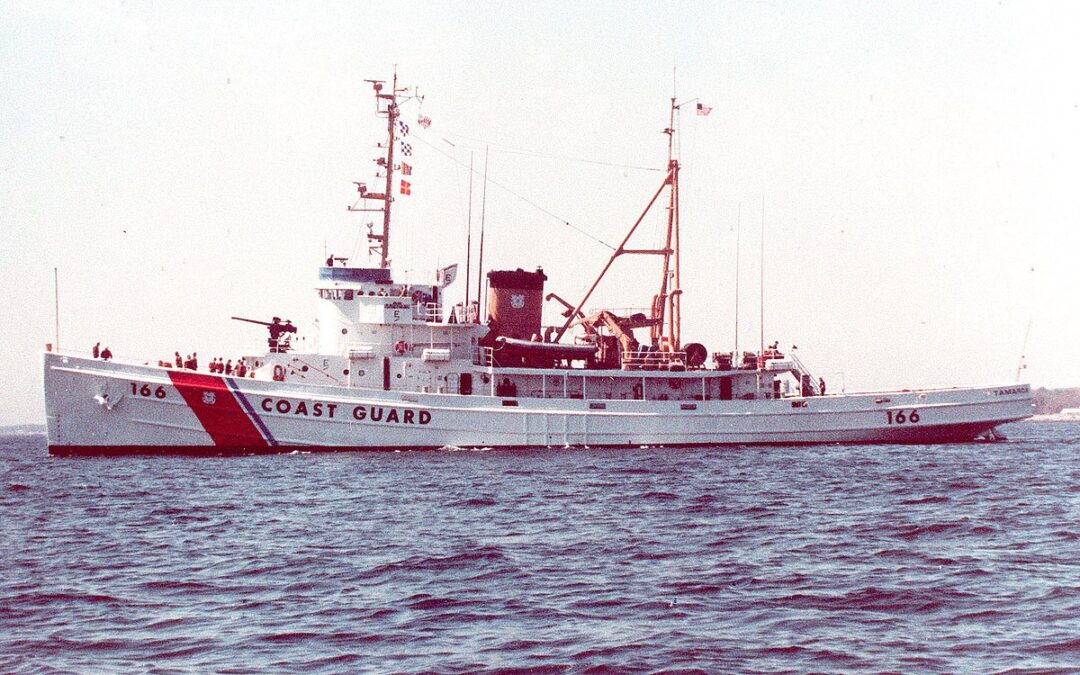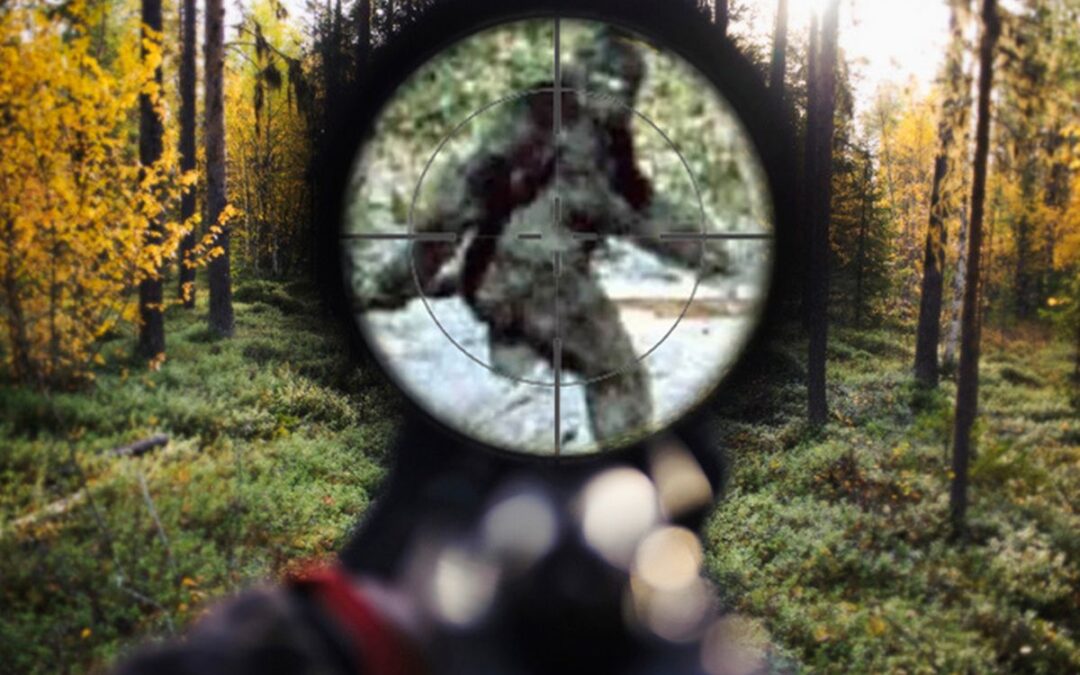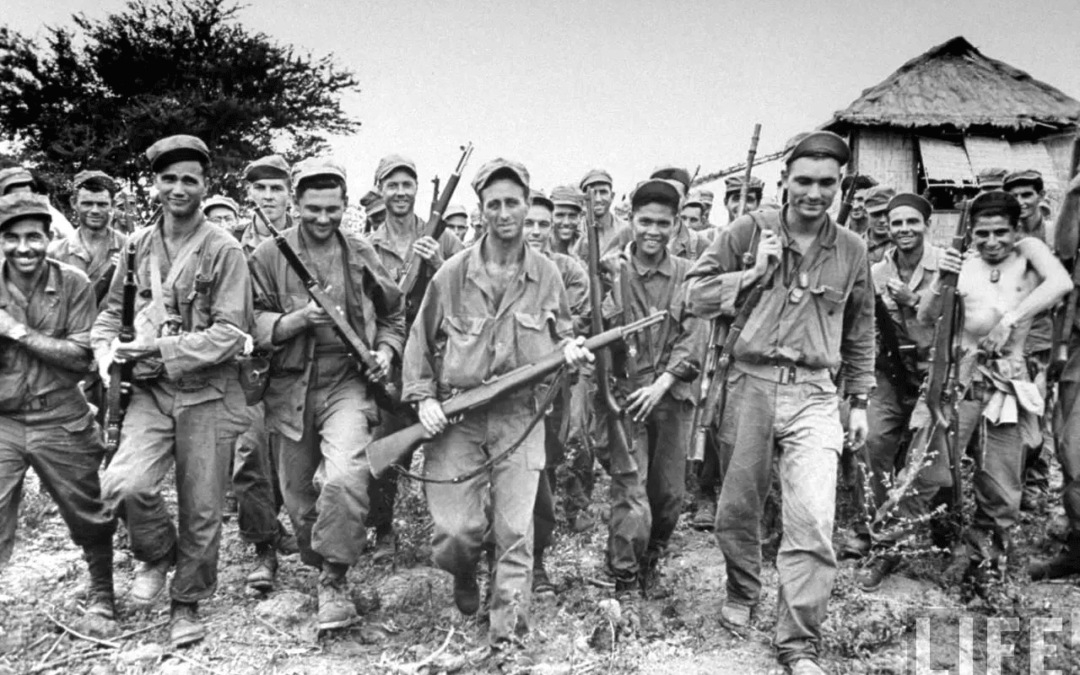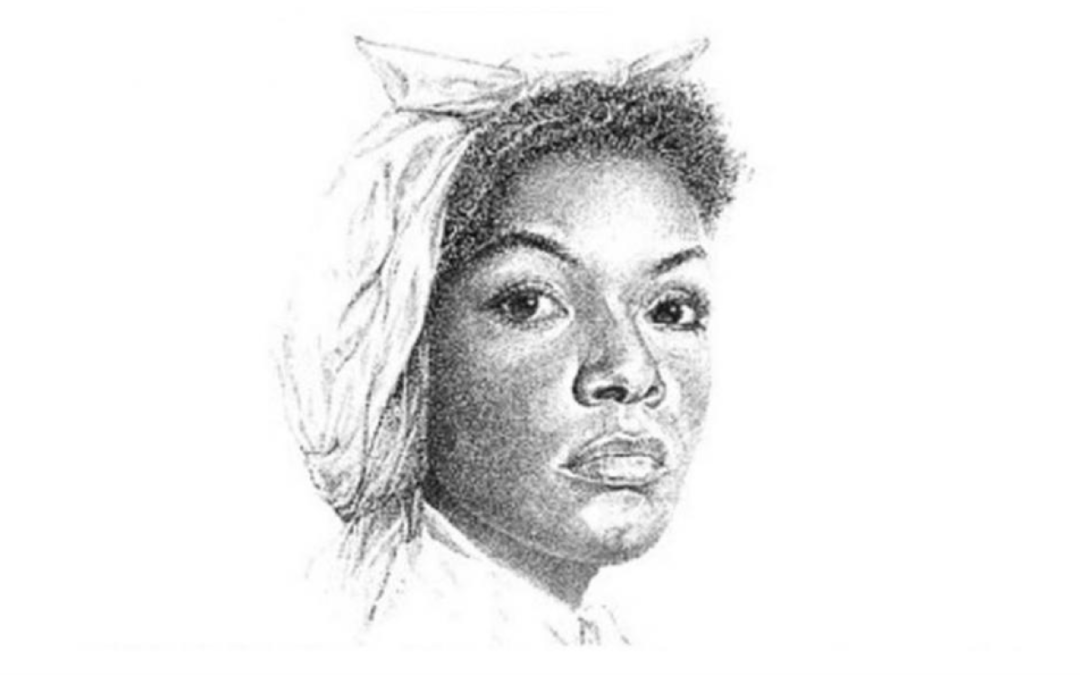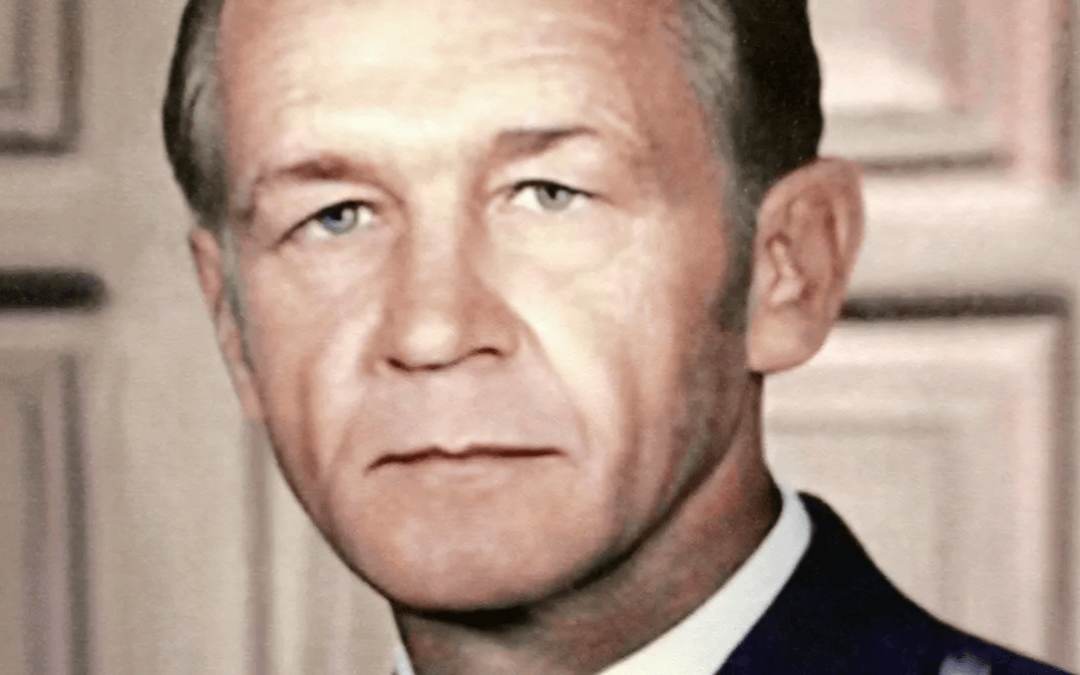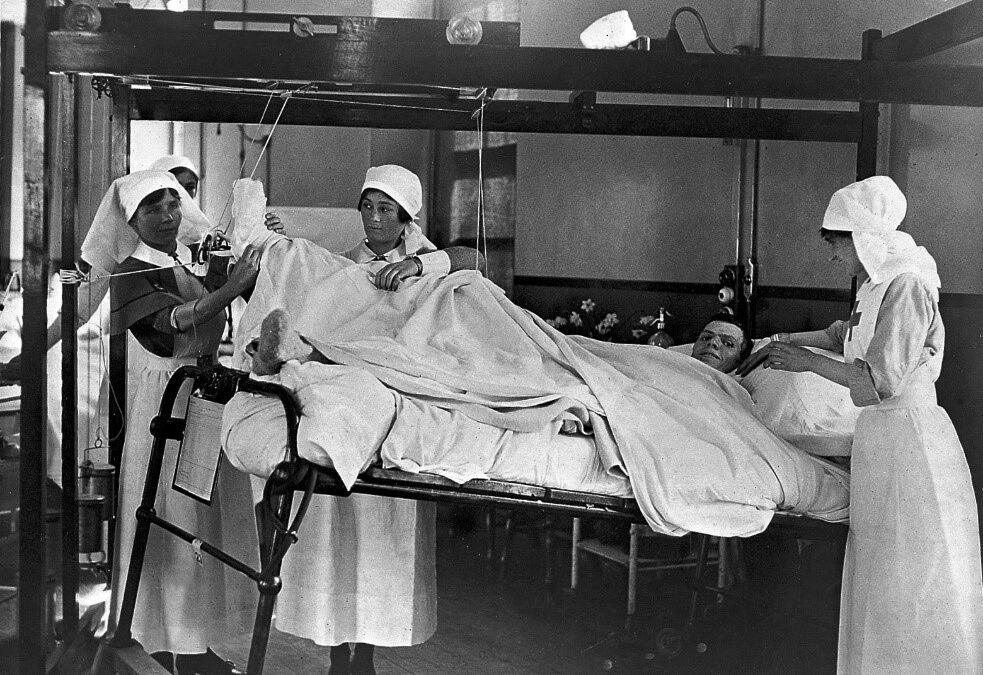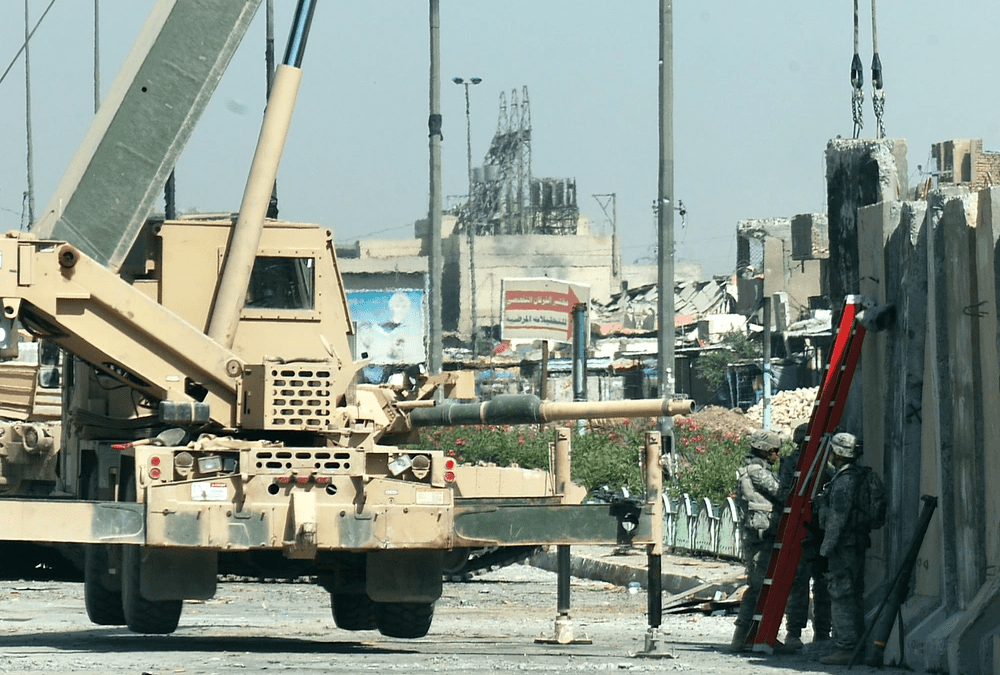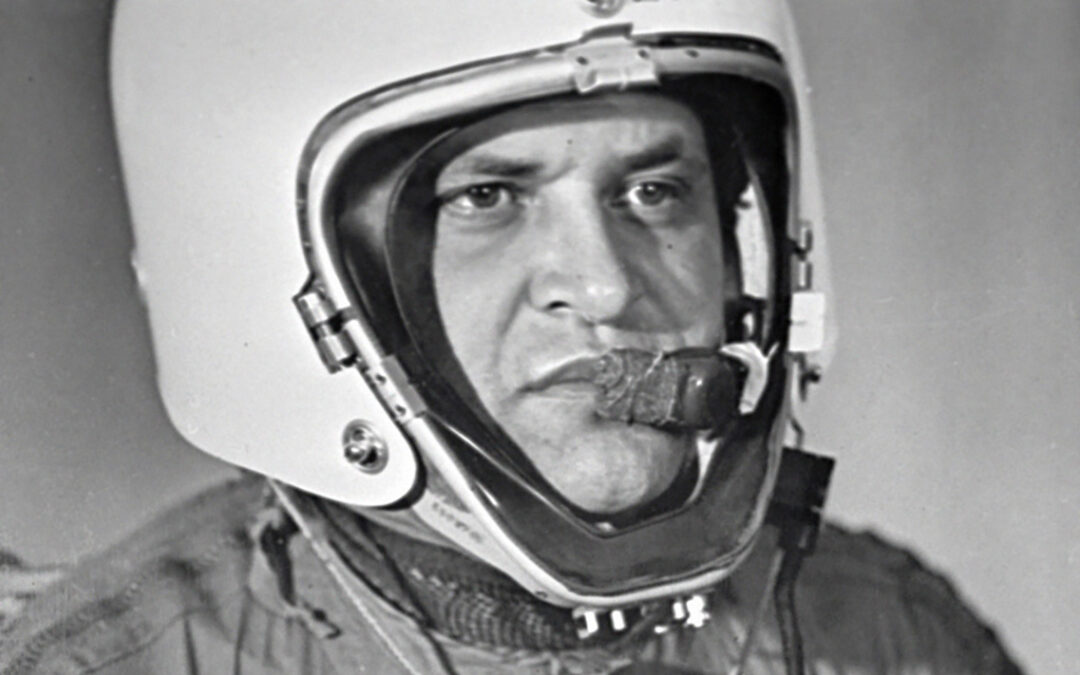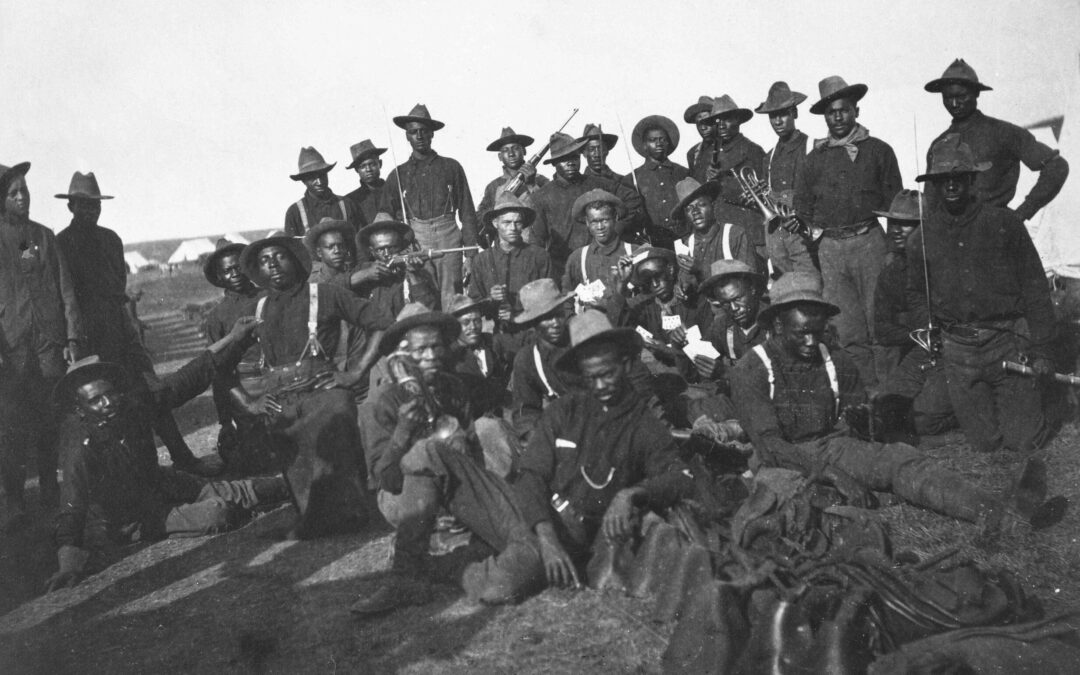The sky was red above Gloucester, MA, when fishermen on the swordboat Andrea Gail set out from their harbor with ominous flashes of lightning far away to the northwest that late autumn of 1991. At the 1 hour and 21-minute mark in the movie "The Perfect Storm," the first distress call to USCGC Tamaroa (portrayed by CGC Vigorous) is transmitted from USAF Pave Hawk "Jolly 110" assigned to the NYANG 106th Rescue Wing. Sailing from her homeport at Newcastle, NH, Tamaroa had been coordinating air and sea operations looking for vessels caught in three violent Atlantic storms converging south of Nova Scotia when it was diverted. On a fourth HC-130 refueling sortie, 30 attempts to meet the drogue failed due to extreme turbulence of up to 100 knots; the Jolly 110 went dry and was forced to ditch. The Satori yacht passengers had been brought safely into a USCG rescue helicopter by then; at no time were they set aboard the Tamaroa. After five hours adrift in the tempest, seas sometimes reaching...
